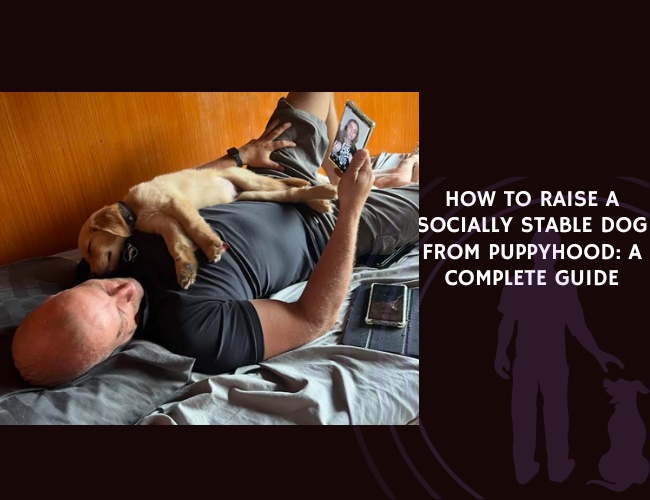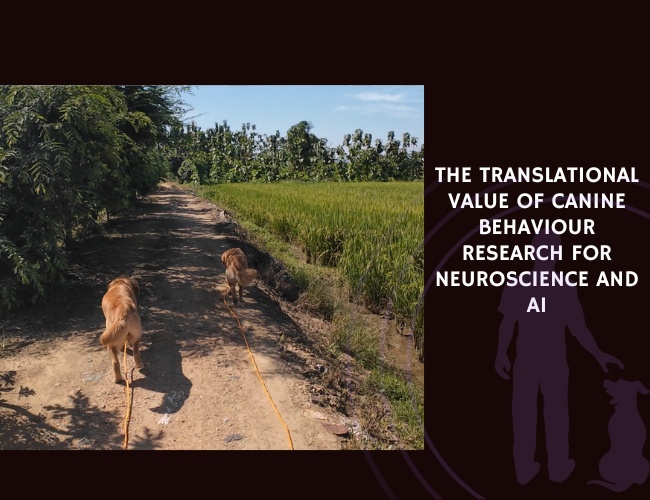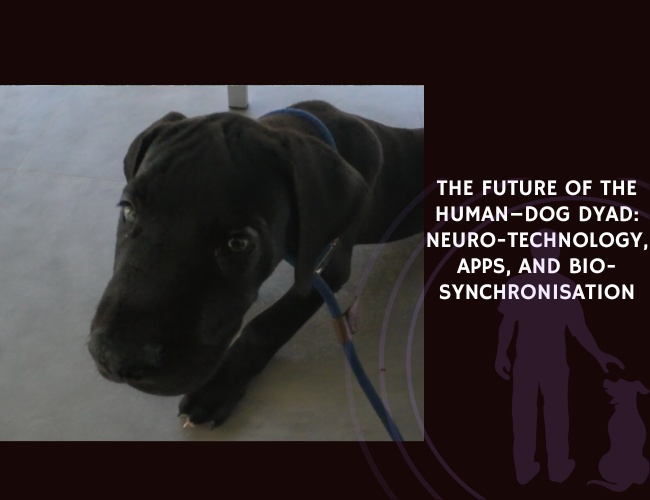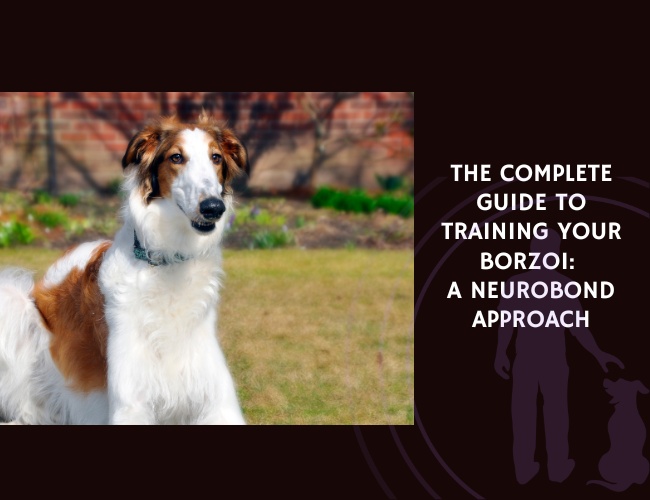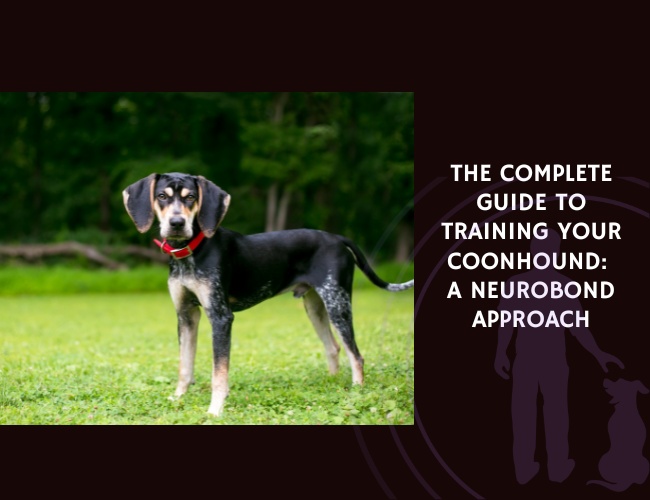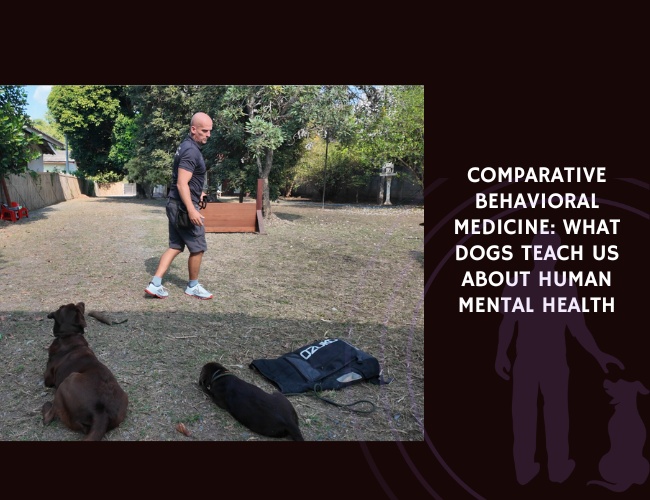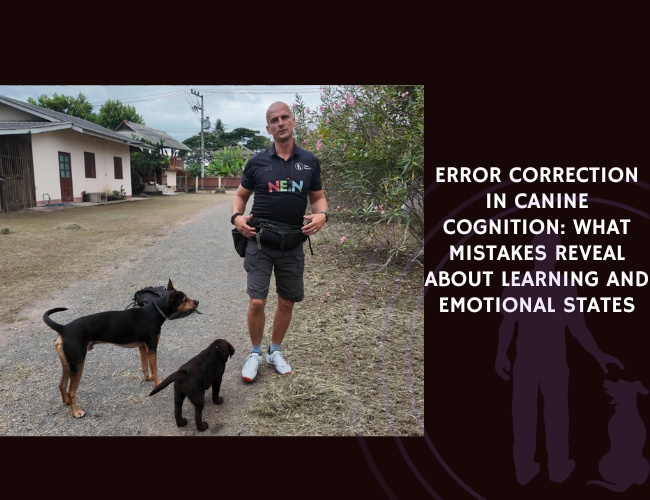The moment you bring home that wiggling bundle of fur, you’re not just gaining a companion—you’re embarking on one of the most crucial periods in your dog’s entire life. Those first few months will shape whether your furry friend grows into a confident, well-adjusted adult or struggles with anxiety, aggression, and behavioral challenges that could last a lifetime. Let us guide you through the fascinating science and practical wisdom of raising a socially stable dog from the very beginning. 🐾
Understanding the Foundation: Early Development Matters More Than You Think
The Science Behind Puppy Development
Did you know that the quality of care your puppy receives in their first few weeks of life can determine how they’ll handle stress for years to come? Research reveals that maternal care during the first three weeks after birth significantly influences behavioral responses and coping strategies well into adulthood.
When we observe mother dogs with their litters, we see specific behaviors that seem simple but are actually building the neurological foundation for emotional stability. The gentle licking of the ano-genital area, general grooming, nursing patterns, and the amount of physical contact all contribute to developing what scientists call the hypothalamic-pituitary-adrenal (HPA) axis—essentially your puppy’s stress management system.
What this means for your puppy: Those early weeks with their mother and littermates aren’t just about physical growth. They’re creating the neural pathways that will determine whether your dog approaches new situations with curiosity or fear, whether they can self-soothe when anxious, and how they’ll form attachments throughout their lives.
The Maternal Care Connection
Puppies who receive higher amounts of maternal care show fascinating behavioral patterns that might surprise you. While they may initially display more stress behaviors like whining or yelping when separated (similar to human children with strong parental bonds), they also demonstrate greater social interest in unfamiliar people and show more attention-oriented behaviors toward strangers.
This seeming contradiction actually makes perfect sense: puppies with strong maternal bonds have learned that social connections are valuable and safe. They may feel the separation more acutely, but they’re also more willing to engage with new social partners because their foundational experience taught them that relationships are rewarding.
What to look for: When choosing a puppy, observe the mother’s behavior with her litter. A calm, attentive mother who engages in regular grooming and maintains gentle contact with her puppies is providing the neurobiological foundation for social stability. 🧡
Critical Socialization Periods: Windows of Opportunity
Understanding Sensitive Developmental Windows
Your puppy’s brain isn’t just growing—it’s actively being sculpted by every experience during critical developmental periods. These windows of heightened neuroplasticity mean that positive or negative experiences have amplified and lasting effects on your dog’s behavioral development.
Research across mammalian species shows that neural circuits are most plastic during specific early periods, and whatever happens during these windows creates the deepest changes in gene expression and long-term behavior. For puppies, missing positive socialization during these sensitive periods can lead to premature closure of these plastic windows, making it much harder to address behavioral issues later.
The critical takeaway: There’s a reason experienced dog trainers emphasize early socialization. Your puppy’s brain is literally more changeable during these early months than it will ever be again.
Timing Your Socialization Efforts
While individual puppies may vary slightly, the most critical socialization period typically occurs between 3 and 14 weeks of age. During this window, your puppy’s brain is actively forming associations about what’s safe, what’s threatening, and what’s worth investigating.
Early weeks (3-7 weeks): This period is primarily about family dynamics—learning from mother and littermates about bite inhibition, play styles, and basic canine communication.
Peak socialization window (7-14 weeks): This is your golden opportunity. During these weeks, positive exposure to various people, animals, environments, sounds, and experiences creates lasting positive associations.
Juvenile period (14 weeks-6 months): While still important, this period requires more careful management as your puppy may become more cautious and selective about new experiences.
Next, we’ll explore how social learning from littermates and early human interaction shapes cooperative behaviors and communication skills.
The Power of Social Learning: Building Communication and Cooperation
Learning from Littermates: The Foundation of Canine Social Skills
When you watch puppies tumbling together in a pile of fur and tiny growls, you’re witnessing one of nature’s most sophisticated educational systems in action. Those seemingly chaotic play sessions are actually highly structured learning environments where puppies master essential life skills.
Bite inhibition development: During play, puppies learn to modulate the force of their bites through immediate feedback from their siblings. A puppy who bites too hard will hear a sharp yelp and find their playmate disengaging—a natural consequence that teaches restraint without human intervention.
Communication signal mastery: Littermates learn to read and respond to subtle body language cues: the play bow that signals friendly intent, the freeze that says “too rough,” and the countless micro-expressions that form the vocabulary of canine communication.
Cooperative play patterns: Through wrestling, chasing, and resource-sharing games, puppies learn the give-and-take of social interaction—when to be assertive, when to yield, and how to maintain friendships even after conflicts.
Human-Puppy Social Learning
The relationship between puppies and their human caregivers creates a unique form of cross-species social learning that’s unlike anything else in the animal kingdom. Research shows that puppies who receive consistent, responsive human interaction during their early weeks develop stronger capacities for forming bonds with people throughout their lives.
Attention and engagement patterns: Puppies learn to read human facial expressions, voice tones, and body language with remarkable accuracy. Those who receive positive, predictable human interaction become more skilled at seeking and maintaining human attention in healthy ways.
Emotional regulation through human support: Just as maternal presence buffers stress in young mammals, consistent human caregiving helps puppies learn to use social support for emotional regulation—a skill that prevents anxiety-related behaviors in adulthood.
Communication across species: Puppies who experience responsive human interaction learn that their signals (whining, pawing, bringing toys) can effectively communicate their needs, leading to better human-dog communication throughout their lives.
Supporting Healthy Social Learning
To maximize the benefits of social learning, focus on providing consistent, positive interactions during your puppy’s early months. This doesn’t mean constant attention, but rather predictable responsiveness to your puppy’s appropriate social signals.
Create structured play opportunities with well-socialized adult dogs who can provide appropriate feedback for overly boisterous behavior while still encouraging healthy play.
Practice positive human interaction through gentle handling exercises, reward-based training, and calm social exposure to different family members and friends.
Observe and respect your puppy’s communication signals, responding appropriately to their need for rest, play, or comfort rather than overwhelming them with constant stimulation.
Environmental Enrichment and Structured Training: Building Emotional Balance
The Science of Enrichment in Puppy Development
Environmental enrichment isn’t just about keeping your puppy busy—it’s about providing the varied, positive experiences that build neural pathways for adaptability and emotional resilience. Research on early development across mammalian species shows that puppies raised in enriched environments develop more robust stress-response systems and greater behavioral flexibility.
Cognitive enrichment through puzzle toys, training games, and novel objects helps develop problem-solving skills and confidence in facing new challenges.
Sensory enrichment via exposure to different textures, sounds, and visual stimuli during the critical socialization period creates puppies who are less likely to develop phobias or extreme reactions to environmental changes.
Social enrichment through controlled exposure to various people, animals, and social situations builds the foundation for lifelong social confidence.
Structured Training as Emotional Development
Early training isn’t about teaching tricks—it’s about building the neural pathways for self-control, attention, and cooperative behavior that will serve your dog throughout their life. When we understand training as emotional and cognitive development rather than just behavior modification, it transforms how we approach these early months.
Impulse control development: Simple exercises like “wait” before meals or “sit” before going through doorways teach your puppy that good things come to those who can regulate their impulses—a crucial life skill that prevents many behavioral problems.
Attention and focus building: Training your puppy to make eye contact, respond to their name, and engage with you even with distractions present builds the foundation for a strong working relationship and emotional connection.
Confidence through success: Structured training provides your puppy with frequent opportunities to succeed and receive positive reinforcement, building confidence and a positive association with learning and cooperation.

Creating an Optimal Learning Environment
The environment you create during your puppy’s first few months at home sets the stage for their lifelong relationship with learning and adaptation.
Consistency in routine helps your puppy develop secure expectations about their daily life, reducing stress and building confidence.
Gradual challenge progression introduces new experiences and skills at a pace that builds confidence rather than overwhelming your developing puppy.
Positive association building ensures that training, handling, and new experiences are consistently paired with rewards and pleasant outcomes.
Safe exploration opportunities allow your puppy to investigate and learn about their environment while maintaining security and preventing traumatic experiences.
Risk Factors and Prevention: Protecting Your Puppy’s Emotional Development
Understanding Developmental Risk Factors
Just as positive experiences during critical periods can build lifelong resilience, negative experiences or deprivation during these sensitive windows can create lasting vulnerabilities. Understanding these risk factors helps you protect your puppy’s developing emotional stability.
Early weaning and maternal separation: Puppies separated from their mothers before 8 weeks miss crucial lessons in emotional regulation and bite inhibition. This early separation can lead to increased anxiety, difficulty self-soothing, and challenges with impulse control that persist into adulthood.
Chronic stress and unpredictability: Puppies exposed to chaotic, unpredictable environments develop hypervigilant stress response systems. They may become adults who struggle to relax, have difficulty adapting to changes, and show heightened reactivity to environmental stimuli.
Social deprivation: Lack of appropriate social exposure during the critical socialization period can lead to fearfulness, aggression, or inappropriate social behaviors that are difficult to modify in adulthood.
Inconsistent human interaction: Puppies who experience unpredictable human responses—sometimes ignored, sometimes overwhelmed with attention, sometimes punished for normal puppy behaviors—develop insecure attachment patterns and may struggle with anxiety or attention-seeking behaviors.
The Neurobiology of Developmental Trauma
When puppies experience chronic stress or trauma during their early weeks, it doesn’t just affect their behavior—it literally changes their brain development. The stress response system becomes permanently elevated, affecting everything from immune function to learning ability to social bonding capacity.
HPA axis dysregulation: Chronic early stress can lead to an overactive stress response system, making adult dogs more prone to anxiety, aggression, and difficulty recovering from stressful events.
Prefrontal cortex development: Early adversity can interfere with the development of brain regions responsible for impulse control, decision-making, and emotional regulation—the very skills that make dogs pleasant family companions.
Attachment system disruption: Puppies who don’t experience consistent, responsive caregiving may develop insecure attachment patterns, leading to either clingy, anxious behavior or distant, independent adults who struggle to bond with their families.
Building Protective Factors
Understanding risk factors empowers you to create protective conditions that support healthy development even if your puppy has experienced some early challenges.
Consistent, responsive caregiving provides the secure base your puppy needs to explore and learn with confidence.
Predictable routines and boundaries help anxious or traumatized puppies develop trust and security in their environment.
Gentle, gradual exposure to new experiences allows fearful puppies to build confidence at their own pace without becoming overwhelmed.
Professional support when needed from qualified trainers or veterinary behaviorists can help address early trauma before it becomes entrenched in adult behavioral patterns.
Foundations. Bonds. Windows.
Early care shapes futures. Maternal grooming, nursing, and contact wire a puppy’s stress-response system, influencing whether they meet new situations with curiosity or fear. These first weeks define emotional resilience for life.
Strong bonds build trust. Puppies raised by attentive mothers learn that social connections are safe and rewarding. Though they may protest separation more, they show greater openness and engagement with new people and environments.



Timing is everything. Between 3 and 14 weeks, experiences carve lasting neural pathways. Positive exposure during this critical window sets the stage for confidence, while missed opportunities close doors to easy adaptation.
Practical Socialization Protocols: Your Week-by-Week Guide
Ages 8-10 Weeks: Foundation Building
During your puppy’s first few weeks home, focus on creating positive associations with their new environment while respecting their need for security and rest.
Home environment exposure: Introduce household sounds gradually—dishwasher, vacuum cleaner, television, doorbell. Pair these sounds with positive experiences like treats or play.
Gentle handling practice: Daily touch exercises help your puppy become comfortable with grooming, veterinary examinations, and general handling. Touch paws, ears, mouth, and tail while providing treats and praise.
Controlled human socialization: Invite calm, dog-friendly visitors to meet your puppy. Focus on positive interactions rather than overwhelming excitement.
Basic routine establishment: Consistent feeding, sleeping, and potty schedules provide security and predictability during this adjustment period.
Ages 10-12 Weeks: Expanding Horizons
As your puppy settles into their new home, gradually expand their world while maintaining positive associations.
Supervised outdoor exposure: Once vaccinations allow, introduce your puppy to different outdoor surfaces—grass, concrete, gravel, leaves. Let them explore at their own pace.
Car ride conditioning: Short, pleasant car rides ending in positive destinations help prevent travel anxiety and motion sickness.
Meeting friendly dogs: Arrange controlled meetings with well-socialized, vaccinated adult dogs who can provide appropriate feedback for puppy behavior.
Public space exposure: Carry your puppy or use a stroller to expose them to busy environments like pet stores, farmers markets, or outdoor cafes before they’re fully vaccinated.
Ages 12-16 Weeks: Social Confidence Building
This critical period requires more intensive socialization efforts while maintaining careful attention to your puppy’s comfort level.
Puppy socialization classes: Well-run puppy classes provide controlled exposure to other puppies and people while teaching basic obedience skills.
Diverse people exposure: Introduce your puppy to people of different ages, ethnicities, and appearances—children, elderly individuals, people wearing hats, glasses, or uniforms.
Environmental challenges: Practice walking on different surfaces, navigating stairs, and encountering novel objects in a positive, reward-based manner.
Sound desensitization: Gradually expose your puppy to recorded sounds of thunderstorms, fireworks, construction noise, and traffic at low volumes while engaging in positive activities.
Ages 16-20 Weeks: Skill Refinement
As your puppy’s personality emerges more clearly, focus on refining social skills and addressing any developing concerns.
Advanced social situations: Practice polite greetings, walking past other dogs without reacting, and maintaining focus on you in increasingly distracting environments.
Real-world applications: Visit dog-friendly businesses, attend outdoor events, and practice skills in various locations to generalize learning.
Confidence building exercises: Encourage your puppy to navigate obstacle courses, investigate novel objects, and solve simple problems independently.
Ongoing assessment: Monitor your puppy’s responses to new experiences and adjust your socialization plan based on their individual temperament and needs.
Long-Term Outcomes: The Rewards of Early Investment
Reduced Aggression and Improved Emotional Regulation
Dogs who receive appropriate early socialization and care show dramatically reduced rates of aggression throughout their lives. This isn’t just about preventing dog-to-dog or dog-to-human aggression—it’s about raising dogs who can regulate their emotions effectively in challenging situations.
Stress resilience: Well-socialized puppies develop robust stress-response systems that allow them to recover quickly from startling or challenging experiences rather than remaining in a state of chronic arousal.
Appropriate communication: Dogs who learned proper social signals during puppyhood can communicate their discomfort or boundaries clearly before resorting to aggressive displays.
Emotional flexibility: Early positive experiences create adult dogs who can adapt their responses appropriately to different situations rather than defaulting to fear or aggression when uncertain.
Enhanced Adaptability and Learning Ability
The neural pathways established during early socialization create adults who are more adaptable, trainable, and resilient to environmental changes throughout their lives.
Novel situation confidence: Dogs who encountered diverse positive experiences as puppies approach new situations with curiosity rather than fear, making them easier to travel with, move homes with, or introduce to new family members.
Continued learning capacity: Early positive associations with training and new experiences create adult dogs who remain eager learners throughout their lives, making ongoing training more effective and enjoyable.
Environmental flexibility: Well-socialized dogs adapt more easily to changes in routine, household composition, or living situation, reducing stress for both dog and family.
Stronger Human-Dog Bonds
Perhaps most importantly, the investment in early socialization creates dogs who are genuinely pleasant companions and family members.
Secure attachment: Dogs who experienced consistent, responsive care during puppyhood develop secure attachment patterns, leading to confident, well-adjusted adults who can both seek and provide comfort appropriately.
Communication skills: Early positive human interaction creates dogs who are skilled at communicating their needs appropriately and reading human social cues accurately, leading to smoother daily interactions.
Mutual enjoyment: Well-socialized dogs are more enjoyable to live with, exercise with, and include in family activities, creating a positive cycle that strengthens the human-dog bond over time.
Prevention of Behavioral Disorders
The most significant long-term benefit of proper early socialization is the prevention of serious behavioral problems that can threaten the human-dog relationship.
Anxiety disorder prevention: Dogs who developed secure stress-response systems during puppyhood are less likely to develop separation anxiety, generalized anxiety, or phobias that can severely impact their quality of life.
Aggression prevention: Proper socialization dramatically reduces the risk of fear-based or territorial aggression, protecting both the dog and their human family from dangerous situations.
Compulsive behavior reduction: Dogs with stable early experiences are less likely to develop repetitive behaviors like excessive barking, destructive chewing, or obsessive behaviors that can indicate underlying emotional distress.
Breed Considerations and Individual Differences
Understanding Genetic Predispositions
While early experiences profoundly shape your dog’s social development, genetic factors also influence temperament, sociability, and resilience to environmental stressors. Understanding your puppy’s breed tendencies helps you tailor your socialization approach for optimal results.
Herding breeds may naturally be more sensitive to movement and sound, requiring careful exposure to children, cyclists, and busy environments to prevent excessive reactivity.
Guardian breeds often have stronger territorial instincts, making early positive exposure to visitors and various environments crucial for preventing overprotective behaviors.
Terrier breeds frequently have higher prey drives and may be more assertive with other dogs, making controlled dog-to-dog socialization particularly important.
Toy breeds may be more sensitive to handling and overwhelming situations, requiring gentle, gradual socialization approaches that respect their size and sensitivity.
Individualizing Your Approach
Every puppy is unique, and successful socialization requires adjusting your approach based on your individual dog’s temperament, learning style, and sensitivity level.
Confident puppies may handle rapid exposure to new experiences and benefit from varied, stimulating socialization protocols.
Sensitive puppies require slower, more gradual approaches with careful attention to signs of stress or overwhelm.
Independent puppies might need more motivation and reward-based approaches to engage in social learning experiences.
Social puppies may naturally seek out interactions but still need guidance to develop appropriate boundaries and self-control.
Creating Your Personal Socialization Plan
Assessment and Goal Setting
Before diving into socialization activities, take time to assess your puppy’s current development and establish realistic, specific goals for their social education.
Temperament evaluation: Observe how your puppy responds to new people, novel objects, unexpected sounds, and other dogs. This baseline assessment helps you identify areas that need particular attention.
Environmental analysis: Consider your lifestyle, living situation, and long-term plans for your dog. A city dog needs different preparation than a suburban family pet or a rural working dog.
Resource identification: Identify local resources like puppy classes, dog parks, training facilities, and dog-friendly businesses that can support your socialization efforts.
Weekly Planning and Progress Tracking
Successful socialization requires intentional planning and consistent effort throughout the critical early months.
Weekly exposure goals: Plan specific socialization experiences for each week, gradually increasing complexity and challenge level as your puppy develops confidence.
Progress documentation: Keep a simple log of your puppy’s reactions to new experiences, noting both positive responses and any signs of stress or fear that need additional attention.
Plan adjustments: Regularly evaluate your puppy’s progress and adjust your socialization plan based on their individual responses and developing personality.
Professional consultation: Don’t hesitate to consult with qualified trainers or veterinary behaviorists if you encounter challenges or have concerns about your puppy’s development.
Conclusion: Your Investment in Lifelong Happiness
Raising a socially stable dog from puppyhood is one of the most valuable investments you can make in your shared future. Those early months of careful socialization, consistent training, and responsive caregiving create the foundation for a lifetime of mutual enjoyment and companionship.
Remember that every positive experience you provide during these critical early weeks is literally shaping your puppy’s brain and creating the neural pathways that will influence their behavior for years to come. The time and effort you invest now will pay dividends in the form of a confident, adaptable, and emotionally stable adult dog who brings joy rather than stress to your daily life.
Your puppy depends on you to provide the experiences and support they need to develop into their best possible self. By understanding the science behind early development and applying these evidence-based principles with patience, consistency, and love, you’re giving your furry friend the greatest gift possible—the emotional tools they need to thrive in our human world.
The journey of raising a socially stable dog requires dedication, but it’s also filled with countless moments of joy, discovery, and deepening connection. Trust in the process, celebrate small victories, and remember that every positive interaction is building toward the remarkable adult dog your puppy has the potential to become. 🧡
Next steps: Consider enrolling in a positive-based puppy socialization class, schedule a consultation with a qualified trainer, or connect with local dog communities that can support your socialization efforts. Your puppy’s future—and your life together—will be immeasurably richer for the investment you make during these precious early months.

